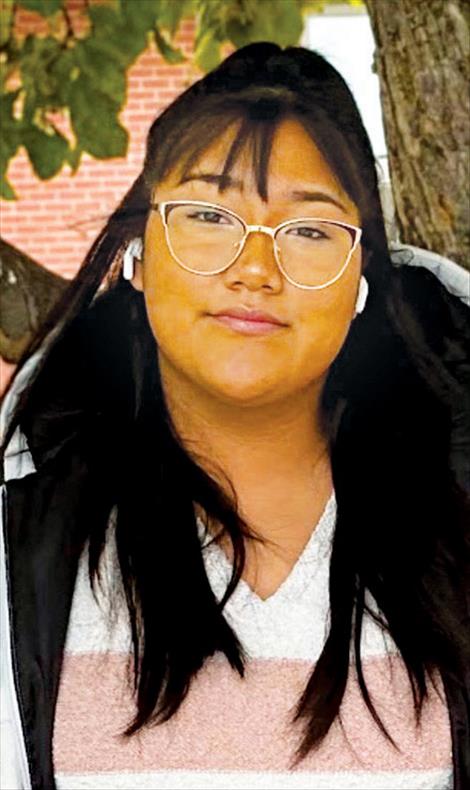Valley Views
Food sovereignty in my community
Keep Reading!
You’ve reached the limit of 3 free articles - but don’t let that stop you.
 Protect your home from wildfire
Protect your home from wildfireNews from Katherine Sears, MT Dept. of Natural Resources LEWISTOWN — In October 2020, the East Troublesome Fire tore through Colorado, burning 193,812 acres and destroying 366 homes and 189 commercial buildin...
 Legislative Notes
Legislative NotesDuring Montana’s 69th Legislative Session, HB 153 was enacted directing the School Funding Interim Commission (SFIC) to update laws focusing on our educational structure and funding. The seated SFIC membership con...
POLSON — James Phillip Lawrence of Polson pleaded not guilty to felony charges of deliberate homicide and tampering with or fabricating physical evidence in the death of Edwin “Ed” Loder of Ronan. Lawrence was arraigned in Lake County District Court on Wednesday, Sept. 18. ...
 Cherry growers narrowly dodge labor shortage as Trump policies worry workers
Cherry growers narrowly dodge labor shortage as Trump policies worry workersLAKE COUNTY — In early July, a transformation takes place on the eastern shorelines of Flathead Lake. As the Mission Mountains loom in the background, endless groves of trees begin to display little red frui...
Send us your news items.
Use these forms to send us announcements.
Birth Announcement
courtesy photo
Kaileen Howard
Issue Date: 11/16/2022
Last Updated: 11/15/2022 4:49:22 PM |
Kaileen Howard, RHS
You’ve reached the limit of 3 free articles - but don’t let that stop you.
Sponsored by:
© Copyright Valley Journal, Ronan, MT. All rights reserved. | Privacy Policy
| Terms of Use | Submission Guidelines
Weather data provided by 
